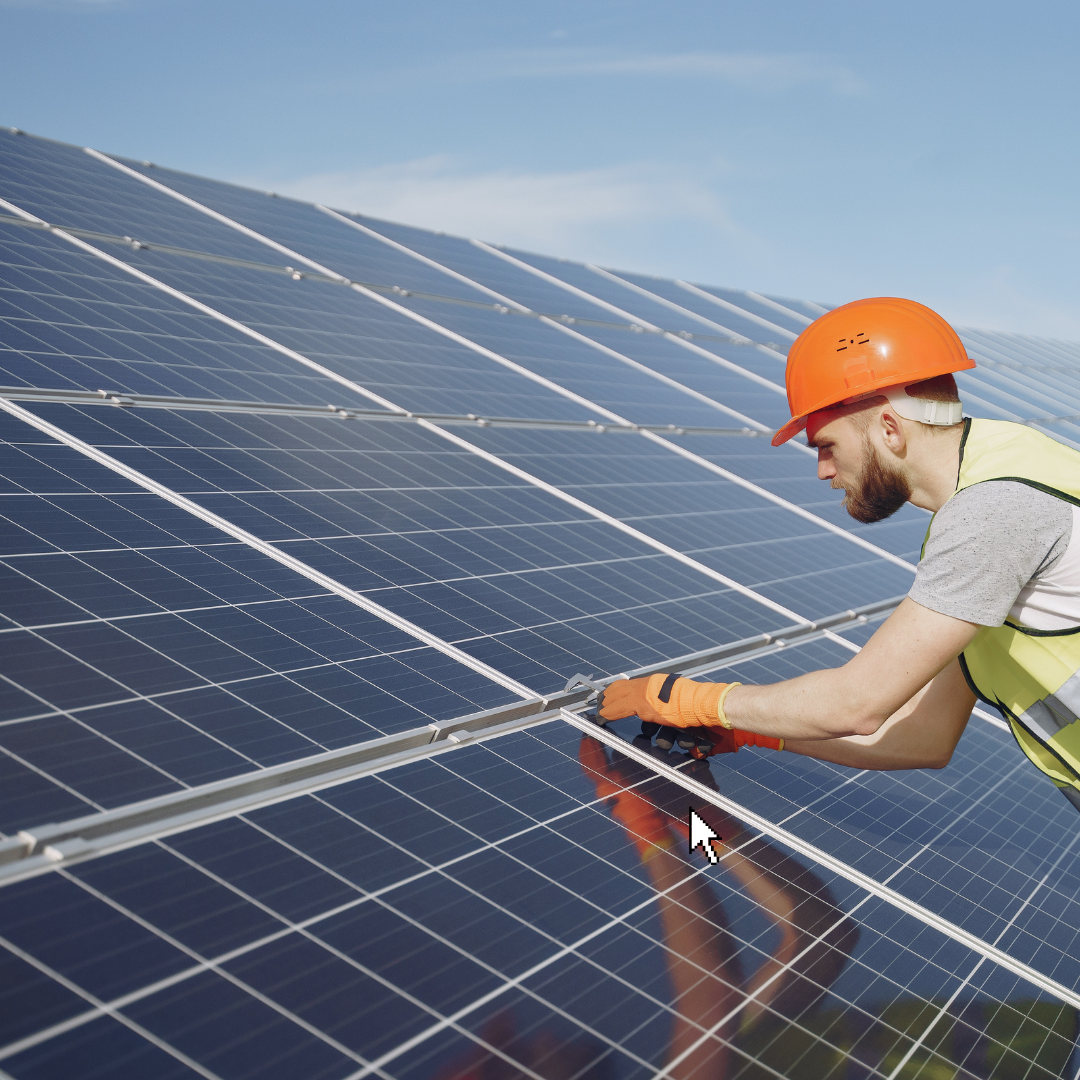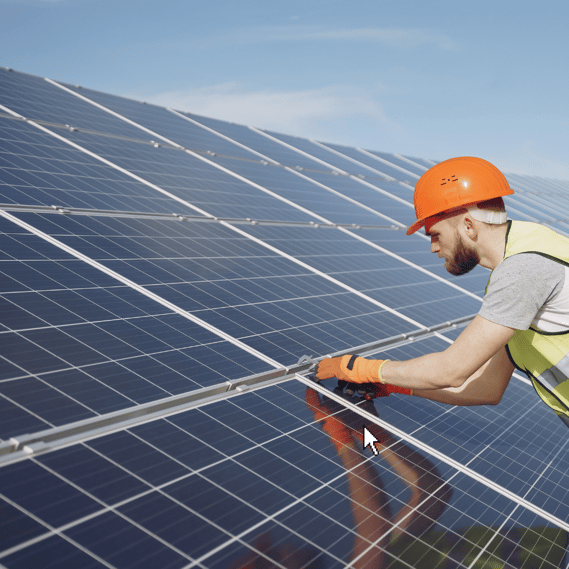
Technological Improvements to Solar Energy
Improvements in solar technology have focused on two areas: efficiency and cost. To boost
efficiency while reducing costs, innovators have been exploring new materials, new
applications for existing materials, and combining multiple materials to increase their
effectiveness.

1. Passivated emitter rear cell (PERC)
PERC can be retrofitted to older solar cells to improve the flow of electrons and therefore
boost their efficiency. Companies using existing solar lighting systems may be able to
improve energy performance with this addition.
2. Heterojunction technology (HJT)
HJT is a thin photovoltaic layer that absorbs any light energy that silicon solar panels miss. The
films are cheap and easy to produce and can boost efficiency by up to 21%. Additionally,
unlike untreated solar panels and PERC, HJT is not affected by heat or light degradation.
3. Half-cell technology
The amount of sunlight that reaches the system has always been critically linked to efficiency.
Even 20% shading can reduce the power by up to 40%. One way of overcoming this is to use
half-cell technology, which doubles the number of solar panels within the same area, meaning
the loss of a small amount of surface light will affect a small part of the system rather than all of
it. This logical and budget-friendly solution is re-shaping solar panel design for greater
efficiency.
4. Bifacial panels
Traditional solar panels are ‘monofacial’, meaning sunlight only reaches one side. Bifacial
panels are designed to bounce light onto both sides, improving efficiency by at least 10% and
sometimes more. Although more expensive than monofacial solar panels, the cost of bifacials
continues to fall towards a competitive rate.
5. Perovskite solar cells
Silicon is the traditional choice for photovoltaic cells. However, perovskites such as calcium
titanate have excellent electroconductive properties, and, when combined with silicon,
perovskites can produce efficiency of nearly 30%. Research in this area is relatively new, but it
is already causing waves, not least because calcium titanate film is both cheap and easy to
produce.
Ideas on the Horizon
1. Building-integrated photovoltaics - Building-integrated photovoltaics (BIPV) are an aesthetic response to integrating environmentally friendly solutions into structures. Currently, BIPV options include creating invisible photovoltaic surfaces on walls, canopies, windows, floors, and curtains, resulting in a seamless finish. Unlike traditional solar panels, BIPV technologies do not require expensive mounting systems, and offer the additional bonus of excellent thermal and sound insulation. Developments in BIPV designs are equally meaningful for portable units, especially regarding durability and easy maintenance.
2. Solar skins - Aesthetics have always been an issue with traditional solar panels, and this can cause a problem in conservation areas, heritage sites, and on listed buildings. A new technology, solar skins are thin filters that use the photovoltaic effect to reflect a digital image under natural
light. Any image can be reflected, enabling solar skins to be used to display advertising
messages, logos, and backdrops, offering exciting potential for outdoor venues and events.
Additionally, solar skins go further towards improving solar technology aesthetics by hiding
metal components for a smooth, discrete finish.
3. Solar fabric - Solar fabric is a soft, photovoltaic material that can be used to generate energy anywhere, anytime. Although currently in its early design stages, in the future it’s likely that this technology will be used for an extensive range of applications. For example, it could be used to make clothes that power phones, or to create events wristbands that give wearers access to offers, menus, and itineraries.
In Summary.......
Powered by key drivers including legislation, consumer demand, and scientific innovation, the
possibilities of solar lighting in terms of efficiency and range of applications are growing.
Today’s installations are increasingly cost-effective, empowering organisations to make
energy-friendly choices.







